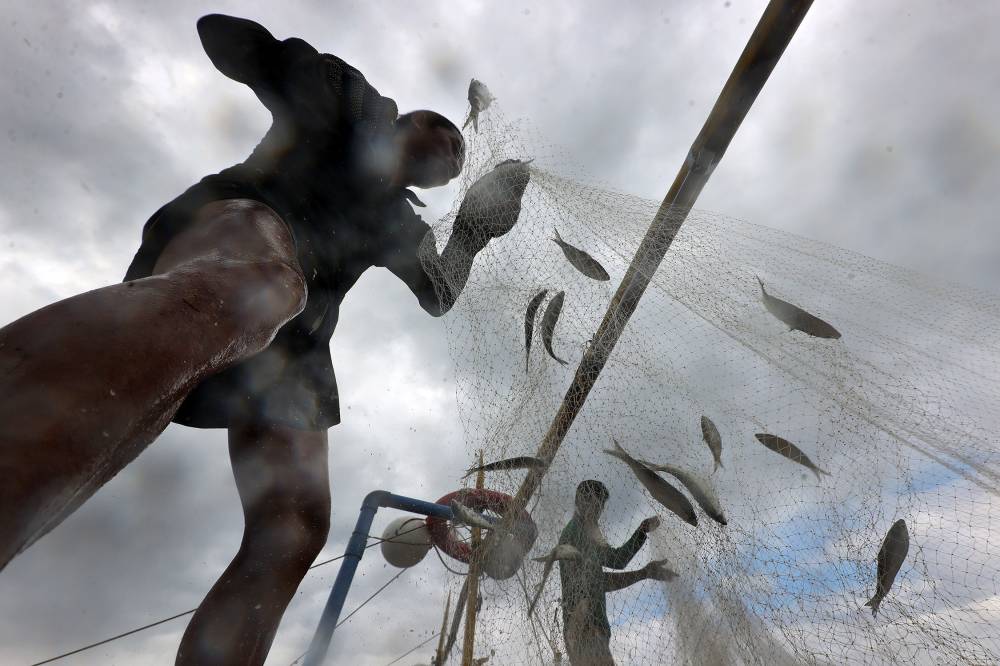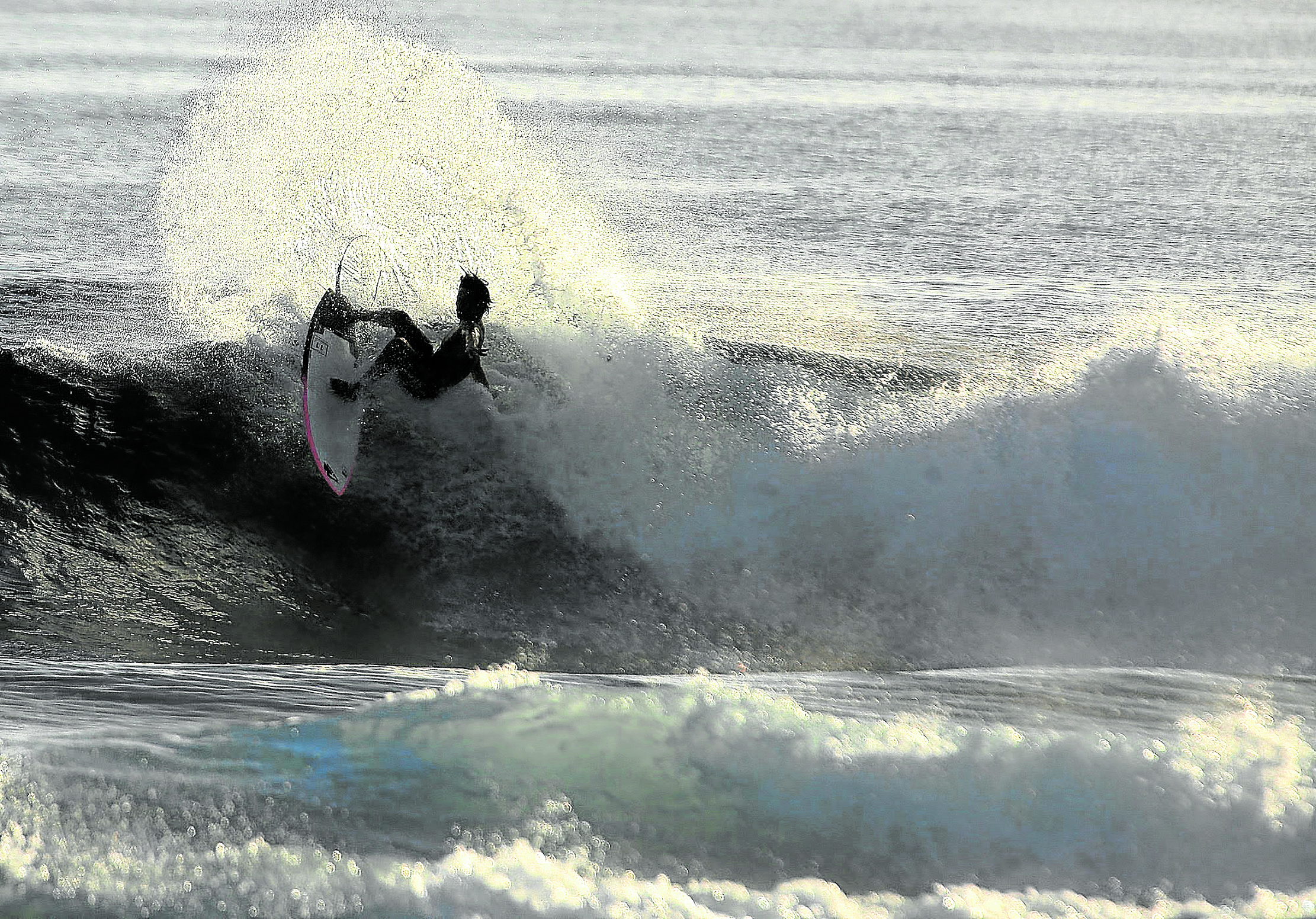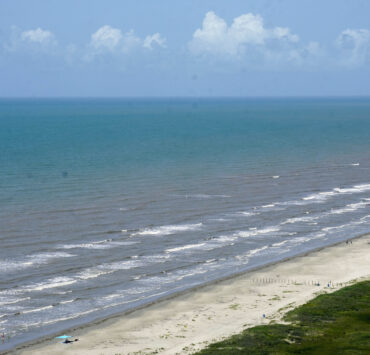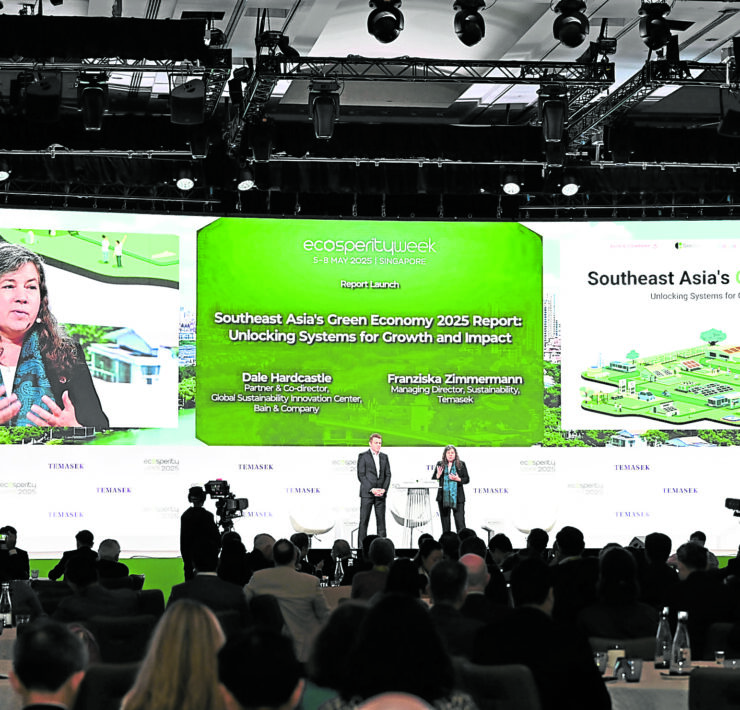SC ruling: The least known implications of overfishing

- (First of two parts)
I recently spoke with Mayor Alfredo Corro II of the Del Carmen municipality in Siargao, and he interestingly brings into focus the broad repercussions of the ruling of the Supreme Court. He pointed out that it is necessary to highlight these other implications that stem from permitting commercial fishing operations in municipal waters that go beyond its adverse impact on small-scale fishing. Many of us may assume, whether justifiably or not, that commercial fishing techniques are harmful to the environment. While these practices are regulated by existing fishery laws, notably RA 10654, which prohibits the use of certain destructive gears, the efficacy of these regulations is hampered by inconsistent enforcement. In this sense, the concern is warranted.
My background in marine science by no means makes me an expert on anything related to this field. As such, I sought out the relevant literature on this topic. There indeed exists a very disturbing correlation between overfishing, that is the increased fishing effort in coastal municipal waters could lead to the destruction of corals, albeit indirectly. As a mayor whose community relies heavily on ecotourism for economic sustenance, Mayor Corro’s concerns are especially pertinent. The recent court ruling could pose a threat to the thriving surfing tourism in the region. How, might you ask?
ANALYSIS: Allowing commercial fishing in municipal waters: Where did science fail?
Surfing and ‘coral breaks’
Corals serve as the centerpiece of the magnificent surf around Siargao and other surf havens across the globe. Surfers refer to this phenomenon as “coral breaks,” where waves break over shallow coral reef formations. The existence of corals is an important factor, but there exist several prerequisites for surf formation such as the oceanographic processes that cause the generation of swells. For example, storms play a significant role in creating barrel-forming swells through storm winds. The distance from the shore where waves are formed, as well as the bottom topography, also plays vital roles in swell and surf formations.

The causes of crown-of-thorns starfish (COTS) outbreaks have been debated for almost five decades now. Nutrient pollution is among a list of factors hypothesized, with varying levels of credibility and support. Babcock and his coworkers used qualitative modeling and found out that the outbreaks can be attributed not to a singular occurrence, but rather multiple happenings taking place alongside each other which was published in a paper in 2016 titled “Assessing Different Causes of Crown-of-Thorns Starfish Outbreaks and Appropriate Responses for Management on the Great Barrier Reef.” According to the paper, nutrients and fishing play roles in outbreak initiation, but models show complexity and uncertainty in outcomes.
More recent studies, however, have linked the surge of this coral-devouring starfish to overfishing. In a paper titled “Fish predators control outbreaks of Crown-of-Thorns Starfish,” Croon and colleagues revealed that the density of starfish within marine reserves is significantly lower by some degree compared to open areas. Their research indicated that the removal of fish biomass due to commercial and recreational fishing activities played a crucial role in the population explosions of crown of thorns starfish. They found that COTS densities rose in accordance with higher levels of fish biomass removal, even among species known to prey on COTS. Furthermore, the presence of fish species and families that regulate COTS densities was notably greater on reefs within no-take marine reserves, while COTS densities were significantly higher on reefs open to fishing. This suggests that implementing fisheries-based management strategies could effectively mitigate COTS outbreaks.
By developing targeted fisheries management plans that account for the dynamics of the COTS population, we may be able to make a tangible and promising contribution toward reducing the harmful impacts of COTS outbreaks in the Philippines.
It is essential to maintain the condition that supports surf formation. Overfishing threatens coral reef health, disrupting crucial ecological processes as mentioned above. COTS can devastate corals, ultimately impacting the stunning surf formations they help create. The implications of overfishing extend far beyond this, highlighting the need for deeper exploration of these interconnected issues.
(To be continued)
Dr. Michael P. Atrigenio is an Assistant Professor at the Marine Science Institute of the University of the Philippines Diliman and the program head of the Professional Masters in Tropical Marine Ecosystems Management Program. He is also the President of the Marine Environment and Resources Foundation.





















